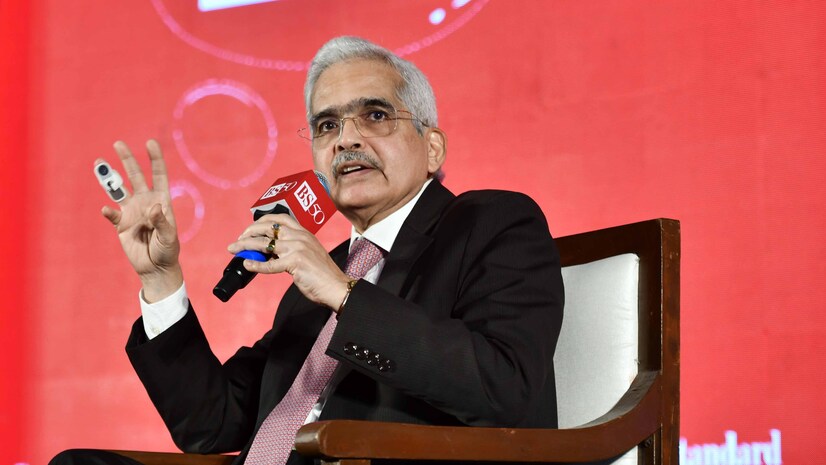RBI ‘watchful’ of unsecured loan flows into stock market: Shaktikanta Das

RBI Governor Shaktikanta Das discusses the difficulty in monitoring unsecured loans at the Business Standard BFSI Insight Summit
The central bank is ‘watchful’ of funds from unsecured loans potentially entering the stock market, said Reserve Bank of India (RBI) Governor Shaktikanta Das, warning banks to remain vigilant of such activity. Speaking to Tamal Bandyopadhyay, consulting editor, Business Standard at the BS BFSI Insight Summit on Wednesday, Das clarified that there is only ‘anecdotal evidence’ and concrete data to quantify how much of these funds have entered the market remains unclear.
“There is no hard data establishing that funds from unsecured loans are significantly entering the stock market, but anecdotal indications suggest this could be happening… We are very watchful of that segment,” Das said. “Estimating the exact amount is very difficult.”
However, the RBI has recently conducted an internal sample survey, which provided a broad understanding of the situation, although the informal nature of the survey means the findings cannot be publicly shared. “We have a general sense of what might be happening, though I cannot confirm precise figures,” Das said.
Risks of unsecured loans flowing into the market
Unsecured loans, which are not secured by any collateral, typically carry higher interest rates to compensate lenders for their increased risk. Some borrowers may seek to invest these funds in the stock market, aiming to capitalise on higher returns. However, this approach also amplifies the potential for significant losses, particularly given the market’s volatility. Should investments underperform, borrowers may find themselves unable to meet repayment obligations, placing both the borrowers and the lending institutions at financial risk.
Banks need to monitor end-use of loans: Das
Governor Das emphasised that banks need to monitor the end-use of unsecured loans more closely, even though such loans, by their nature, are challenging to track. Unlike loans earmarked for specific purposes, such as home loans or consumer goods, unsecured loans are open-ended and therefore more difficult for banks to control in terms of their eventual use. However, he said some banks were already making efforts on this front.
“I think overall for the banking sector, I do not see it as a major risk at the moment. Individual institutions – the positions may vary and bear monitoring, but at the same time, there is no hard data to establish how much may have gone,” he said.
Regulatory measures on loans
In recent months, RBI has also intensified its scrutiny of this segment, introducing regulatory measures to curb potential risks. In November 2023, the RBI increased the risk weights on unsecured credit, making such lending more capital-intensive for banks. This measure is intended to encourage financial institutions to be more selective and cautious in their unsecured loan offerings.

